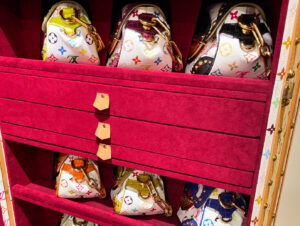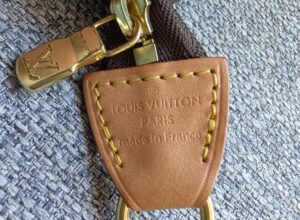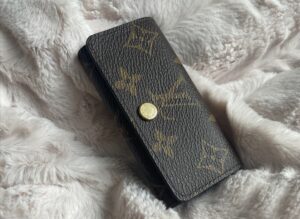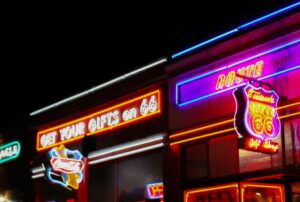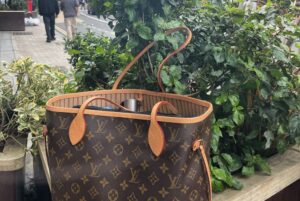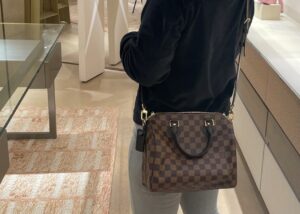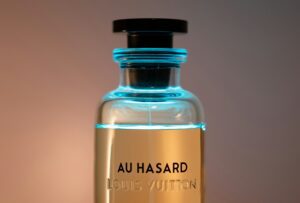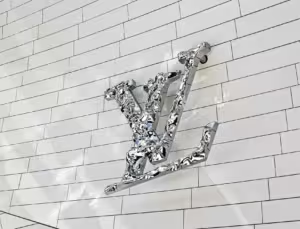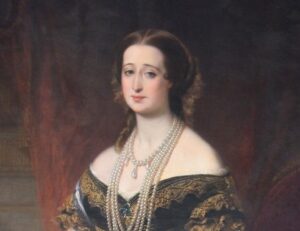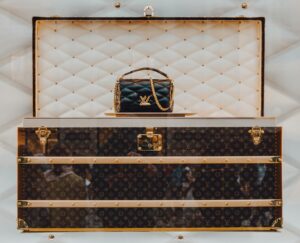Bernard Arnault, born on March 5, 1949, in Roubaix, France, is the driving force behind LVMH (Moët Hennessy Louis Vuitton), the world’s largest luxury goods conglomerate. With a keen eye for acquisitions and a relentless pursuit of excellence, Arnault has transformed the landscape of luxury, building an empire that includes some of the most prestigious brands in the world. His journey from a young entrepreneur to one of the richest men on the planet is a story of ambition, strategic vision, and an unyielding commitment to innovation.
Early Life and Education
Arnault was born into an industrial family. His father, Jean Léon Arnault, owned a successful civil engineering company, Ferret-Savinel. Arnault displayed a sharp intellect and a knack for business from an early age. He attended the prestigious École Polytechnique, where he graduated with an engineering degree in 1971. After completing his education, Arnault joined his father’s company, where he began to hone his business acumen.
Entry into the Luxury Industry
Arnault’s first major business move came in 1984 when he acquired the nearly bankrupt textile company Boussac Saint-Frères. This conglomerate owned several businesses, including the fashion house Christian Dior and the department store Le Bon Marché. Following a series of layoffs and restructuring at Boussac, Arnault had turned the company profitable again by 1987, with revenues exceeding $112 million. Recognizing the potential in the Dior brand, Arnault sold off most of Boussac’s other assets, focusing his efforts on revitalizing Dior.
Building the LVMH Empire
In 1987, Arnault co-founded LVMH with Alain Chevalier (the previous CEO of Moët Hennessy) and Henri Racamier (the previous president of Louis Vuitton). By 1989, he had become the majority shareholder of LVMH. He has been Chairman and CEO of the company since then.
Arnault’s approach to acquisitions was both bold and strategic. He sought brands with rich histories and strong potential for growth, and he focused on preserving their heritage while injecting new life into their operations. It luxury brands have five segments – watches & jewellery, wines & spirits, perfumes & cosmetics, fashion & leather goods and selecting retailing & others. Some of the notable brands that became part of the LVMH portfolio include Fendi, Givenchy, Céline, Bulgari, Kenzo, TAG Heuer, and Sephora.
Innovation and Expansion
Arnault’s success can be attributed to his dual focus on preserving tradition and fostering innovation. He understood the importance of maintaining the unique identity and heritage of each brand while encouraging creativity and modernization. This balance has allowed LVMH brands to stay relevant and desirable in a rapidly changing market.
Under Arnault’s leadership, LVMH has also embraced technological advancements and digital transformation. The company has invested heavily in e-commerce and digital marketing, ensuring that its brands reach a global audience. This forward-thinking approach has helped LVMH maintain its dominance in the luxury market.
Influence
Arnault’s influence extends beyond business. He is a significant patron of the arts, having spearheaded the creation of the Fondation Louis Vuitton, a contemporary art museum founded in 2014 in Paris. It is a non-profit organization and shows paintings focusing on Impressionism. The striking building, designed by architect Frank Gehry, is a testament to Arnault’s commitment to art and culture.
View this post on Instagram
Bernard Arnault’s impact on the luxury goods industry is unparalleled. Through his visionary leadership, LVMH has grown into a global powerhouse, setting the standard for excellence in luxury. His ability to blend tradition with innovation has ensured the longevity and relevance of some of the world’s most iconic brands. Arnault’s legacy is not just one of business acumen but also of a profound appreciation for the finer things in life and a commitment to preserving and enhancing them for future generations.
In an industry where heritage and innovation often clash, Bernard Arnault has masterfully balanced the two, creating a legacy that continues to shape the world of luxury.
If you’re interested in more executive bios, see:
Bernard Arnault – Profile
Stéphane Bianchi – Profile
Gonzague de Pirey – Profile
Vincent Belrose – Profile



